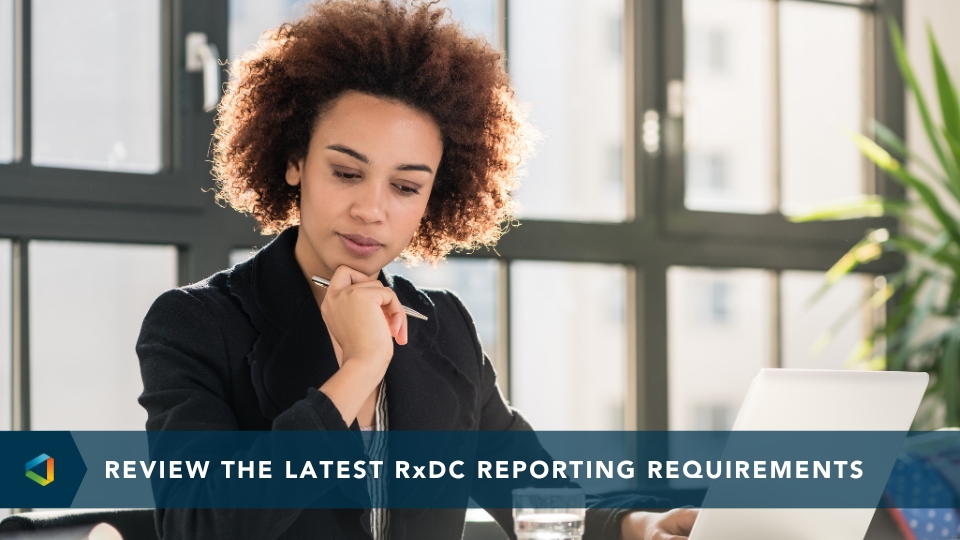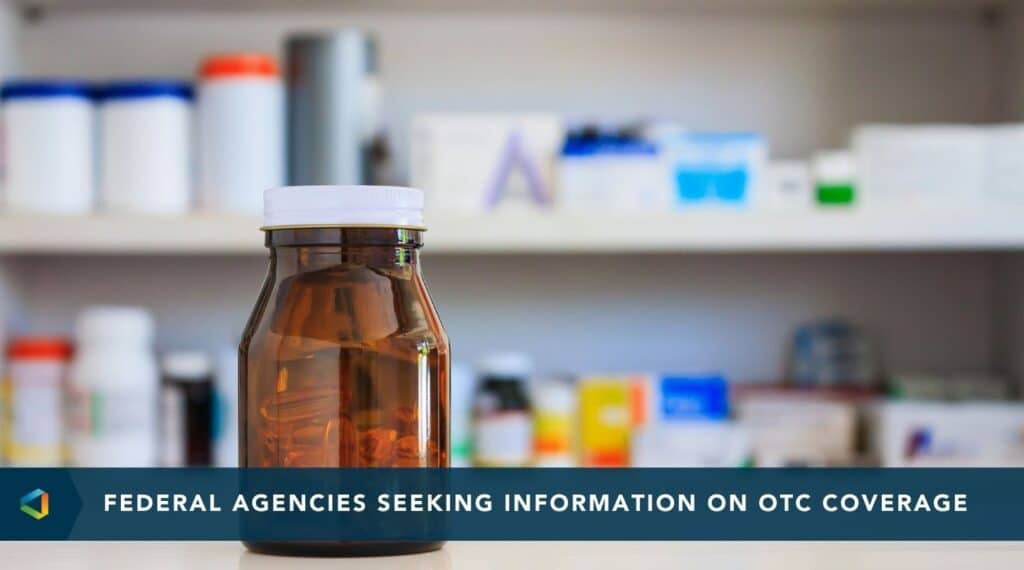Compliance Confidence
Departments Announce Grace Period and Clarifications for RxDC Reporting
Departments Announce Grace Period and Clarifications for RxDC Reporting
Employers received an eagerly hoped-for holiday gift when the Departments of Labor, Health and Human Services, and the Treasury (the Departments) announced a grace period and good faith provision for newly required reporting on prescription drug and health care spending data collection report, also known as the Prescription Drug Data Collection (RxDC) report.
Initially, submission for 2020 and 2021 reference years were due by December 27, 2022. In recently issued FAQs, the Departments are providing a grace period through January 31, 2023. The Departments referred to this opportunity for employers to submit this data past the formal of deadline of December 27, 2022, as a “grace period”. Note, the Departments have indicated in informal remarks that the HIOS system used to accept submissions will be closed after January 31, 2023.
In addition to the grace period, the Departments recognize the challenges posed to plans and issues with this new reporting requirement. Therefore, the Departments also stated they will not take enforcement action against any plan or issuer that submits its RxDC report so long as they use a good faith, reasonable interpretation of the RxDC reporting instructions.
The Departments also gave much-needed clarification and flexibility to certain aspects of RxDC reporting, including:
-
Allowing Multiple Submissions by the Same Reporting Entity.
The interim final rules stated that reporting entities should only create one submission in HIOS. The Departments have clarified that if a reporting entity submits on behalf of multiple plans or issuers in a reference year, the entity may create more than one HIOS submission for that reference year. They do not need to include all data from all clients in a single submission.
-
Allowing Submissions by Multiple Reporting Entities.
Some employers have contracted with more than one reporting entity to submit RxDC reports. The RxDC instructions previously stated that only one Data file should be submitted amongst all parties working on behalf of a plan. However, the FAQs clarify that more than one reporting entity can submit the same data file type for the same plan or issuer. For example, two reporting entities can now submit a D1 file where previously only one D1 file was to be submitted by one of the two (or other) reporting entities. Employers do not need to ensure that multiple reporting entities are working together to consolidate all data into a single file.
-
Suspension of the Aggregation Restriction.
For only the 2020 and 2021 reporting years, the Departments have suspended the requirement that a reporting entity may aggregate data for a state or market segment at a less granular level than what is required when the reporting entity submits total annual spending data.
-
Availability to Submit Premium and Life-Years Data by Email for Certain Group Health Plans.
If a reporting entity is submitting only a plan list with premium and life-years data without a narrative response, they can submit via email to [email protected]. An additional HIOS submission is not required. Emailed submissions should include the reference year, the plan list or data file type (D1, P2, etc.), and the name of the plan sponsor.
-
Optional Vaccine Reporting.
In October, CMS updated its drug name and therapeutic class crosswalk to include National Drug Codes for vaccines. Reporting on these codes is optional.
-
Optional Reporting on Amounts Not Applied to Deductible or Out-of-Pocket Maximum.
Reporting entities choosing not to report on these amounts should simply keep the appropriate columns in data files D2 and D6 blank.
Plan sponsors are encouraged to continue to work with their vendors between now and January 31, 2023, to ensure good faith compliance with RxDC reporting requirements. Download the Compliance InfoBrief: Prescription Drug and Health Care Spending Reporting to review the latest regulations on reporting requirements.




